Calculating the cost of insulating a 1,500-square-foot house involves various factors that impact your budget. Understanding these considerations, from material choices to labor expenses, is essential for you to make a sound financial decision. Let’s delve into these key factors in detail!
How Much Does It Cost to Insulate a 1,500 Square Foot House?
Insulating a 1,500-square-foot home can range from $975 to $11,250. Keep in mind that insulation costs can fluctuate, influenced by factors such as installation timing, material selection, and insulation type. These variables impact your overall expenses.
What Are the Different Types of Insulation?
Batting Insulation
Batt insulation is the most cost-effective way to insulate a house. It consists of long fabric rolls with paper or metallic covering, fitting neatly between joists. Ideal for walls, attics, and ceilings, it’s commonly used in new constructions, renovations, and open spaces, as it’s challenging to add to existing walls without extensive openings.
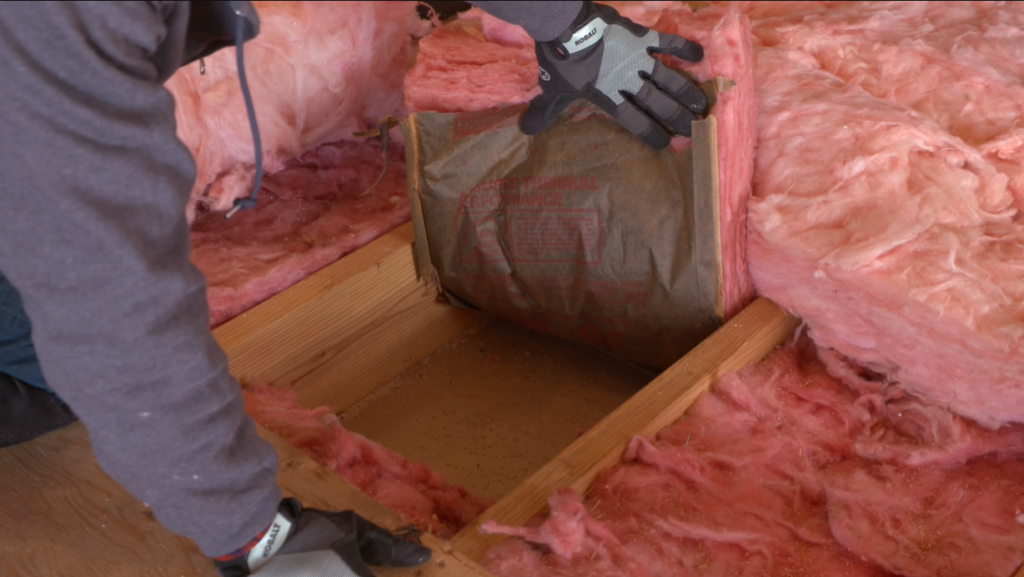
Blown-In
You have several options for insulation materials, such as Rockwool, cellulose, or fiberglass. This type of insulation is easy to install in most areas, except for vertical parts during construction, as it can be challenging to contain.
However, it can be blown into existing walls and is suitable for open spaces like attic floors at any time.
Spray Foam
This method often involves liquid insulation sprayed into tight spaces like roof decks or attic floors, rapidly expanding to fill gaps. While it can retrofit existing walls, it tends to be costlier than loose-fill options. However, once it reaches the required thickness, it provides superior insulation performance.
Rigid Board
Similar to wood fiber or cork insulation, this material is relatively rare and may not be suitable for all situations. It’s typically used in ceilings, specific basement areas, and certain attics needing extra insulation.
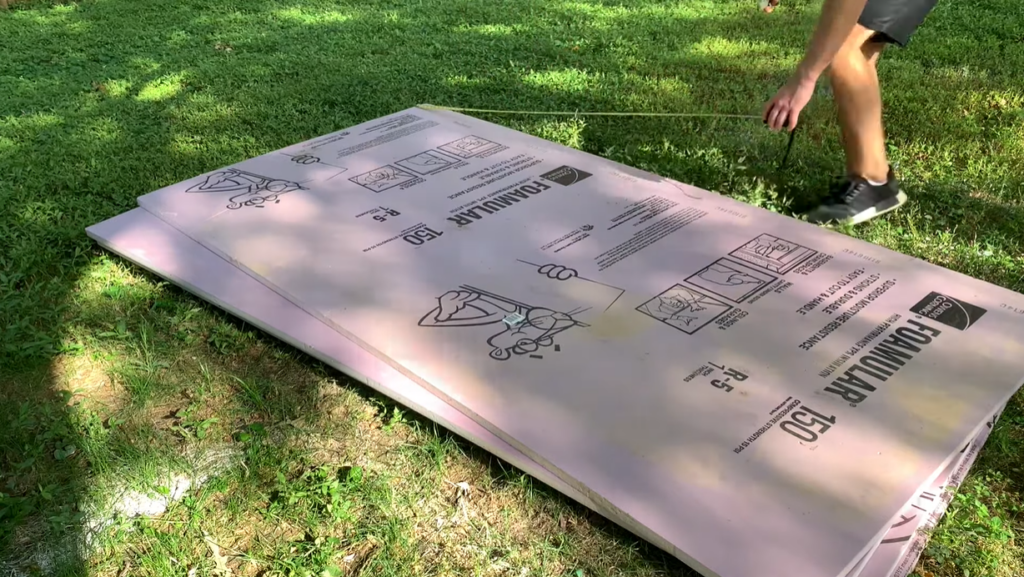
Keep in mind it’s not waterproof, so it’s not suitable for outdoor use. However, it’s great for adding an extra soundproofing layer to interior rooms.
What Are the Different Kinds of Insulation Materials?
Insulation is a vital component of any well-constructed building, serving to regulate temperature, enhance energy efficiency, and improve overall comfort. The choice of insulation material plays a pivotal role in determining how effectively these goals are achieved.
Below are the various kinds of insulation materials available, each with its unique characteristics and applications.
Fiberglass Insulation
Fiberglass insulation is one of the most common and widely recognized insulation materials. It is composed of tiny glass fibers and is often installed as blankets or batts. These flexible sheets can be easily cut and fitted into wall cavities, attics, and ceilings.
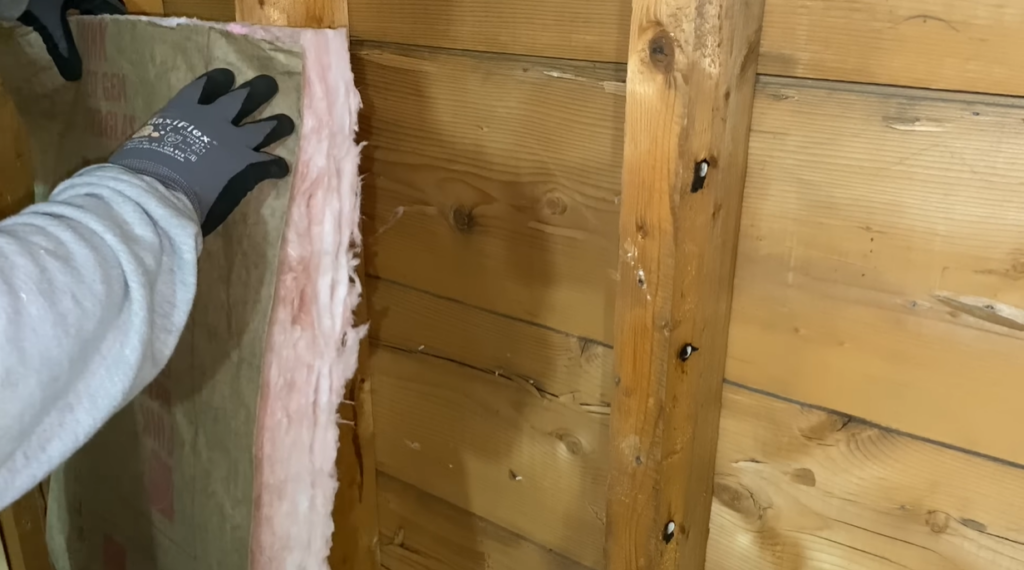
Fiberglass insulation is known for its affordability and effectiveness in resisting heat transfer, making it an excellent choice for both residential and commercial buildings.
Cellulose Insulation
Cellulose insulation is another popular option, often chosen for its eco-friendliness. It is primarily composed of recycled paper, treated with fire retardants to improve safety. Cellulose insulation is commonly blown or sprayed into wall cavities and attics, effectively filling gaps and voids.
This material offers good thermal performance and is resistant to pests, making it a sustainable choice for many homeowners.
Foam Board Insulation
Foam board insulation is a rigid material typically composed of polystyrene or polyurethane. It is available in various thicknesses and is often used in walls, roofs, and under concrete slabs.
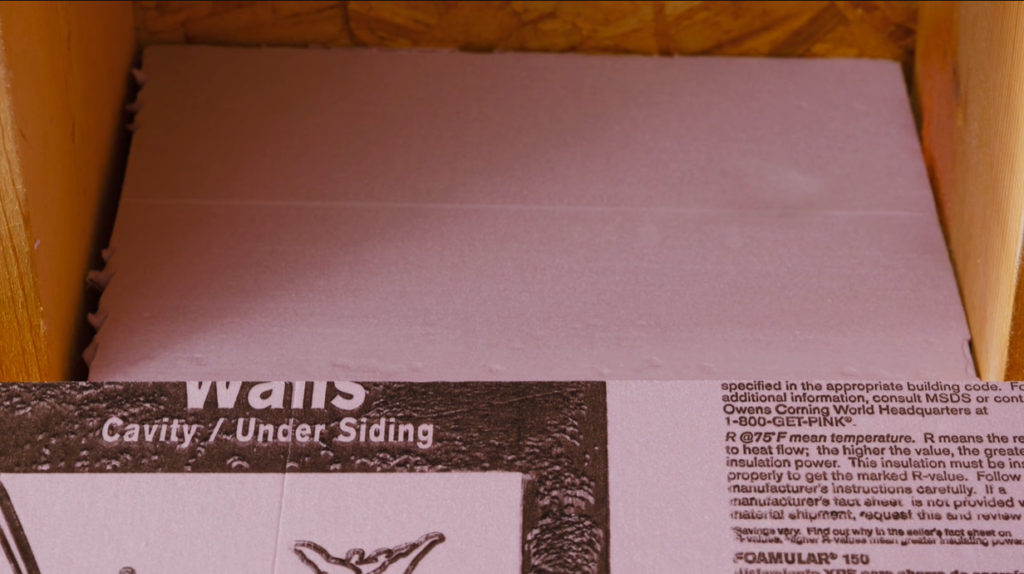
Foam board insulation provides high thermal resistance, making it a suitable option for areas with limited space for thicker insulation. Its rigidity also adds structural support to walls and roofs.
Spray Foam Insulation
Spray foam insulation has gained popularity for its exceptional insulating properties. It is applied as a liquid that rapidly expands upon contact to fill gaps and crevices. There are two types: open-cell and closed-cell spray foam.
Open-cell spray foam is less dense and is often used for soundproofing, while closed-cell spray foam is denser and offers superior thermal resistance. This material is ideal for sealing tight spaces, such as crawlspaces and wall cavities, and provides an effective air and moisture barrier.
Radiant Barrier Insulation
Radiant barrier insulation is designed to reflect heat rather than absorb it. Typically consisting of a reflective foil layer, it is installed in attics and beneath roofs to reduce radiant heat transfer.

This type of insulation is particularly effective in hot climates, where it helps keep indoor spaces cooler by blocking the sun’s radiant heat.
Mineral Wool Insulation
Mineral wool insulation is made from natural or recycled minerals, such as basalt or slag. It is available in both batt and loose-fill forms and is known for its excellent fire resistance and soundproofing properties.
Mineral wool insulation is often used in industrial and commercial settings but is also suitable for residential applications, particularly where fire safety is a concern.
Reflective Insulation
Reflective insulation consists of layers of foil or plastic film, often combined with other materials like foam or bubble wrap. It works by reflecting radiant heat away from the living space.

Reflective insulation is commonly used in crawl spaces, walls, and roofs and can be an effective complement to traditional insulation materials in reducing heat gain or loss.
Natural Fiber Insulation
Natural fiber insulation materials, such as cotton, wool, and hemp, have gained popularity due to their sustainability and biodegradability. These materials are typically available in batt or loose-fill forms and are used in residential and commercial buildings.
Natural fiber insulation provides decent thermal performance and is a greener alternative to synthetic materials.
What Affects the Cost of Insulating a 1,500 Square Foot House?
The cost of insulating a 1,500-square-foot house can vary significantly, influenced by various factors that encompass materials, labor, and project-specific considerations. Understanding these determinants is essential to effectively budget for this crucial home improvement task. Below are the key factors that affect the cost of insulating a house of this size.
Insulation Material Choice
The type of insulation material you select has a substantial impact on the overall cost. Common options like fiberglass and cellulose tend to be more budget-friendly, while premium materials such as spray foam insulation can be significantly more expensive.
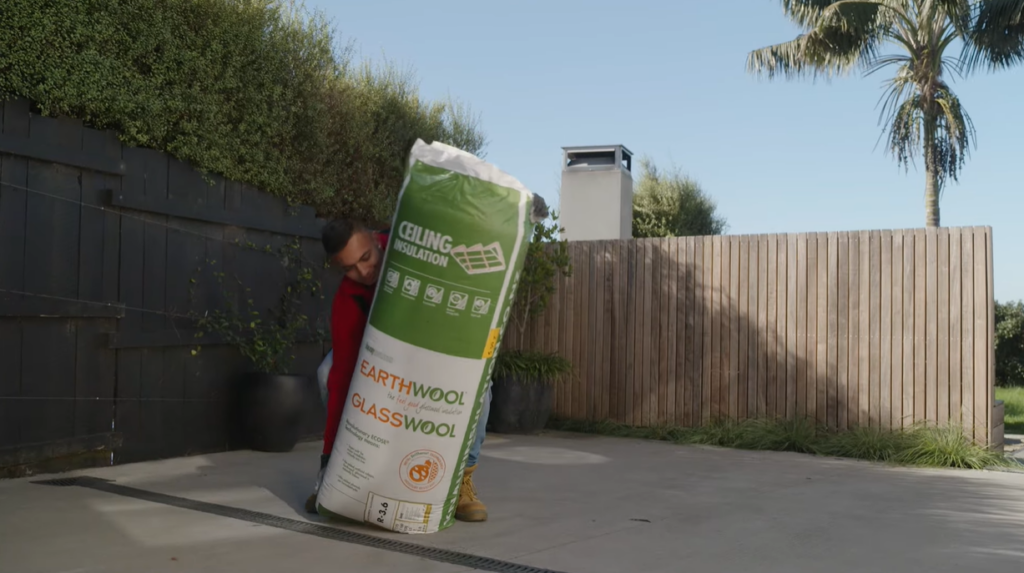
The material’s thermal efficiency, soundproofing capabilities, and environmental attributes also play a role in determining the cost.
Insulation Thickness and R-Value
The thickness of insulation required to meet your desired R-value, which measures thermal resistance, influences costs. Higher R-values often demand thicker insulation layers, which can increase material expenses.
It’s crucial to strike a balance between energy efficiency goals and your budget when determining the appropriate R-value for your home.
Labor Costs
Labor costs can vary based on your location, the complexity of the installation, and the availability of skilled insulation contractors. More challenging installations, such as retrofitting existing walls or intricate attic spaces, may require more time and expertise, resulting in higher labor costs.
Installation Method
The method used for insulation installation also affects costs. DIY insulation projects can save on labor expenses but may require special equipment or tools. Hiring professionals ensures proper installation but can increase the project’s overall cost.
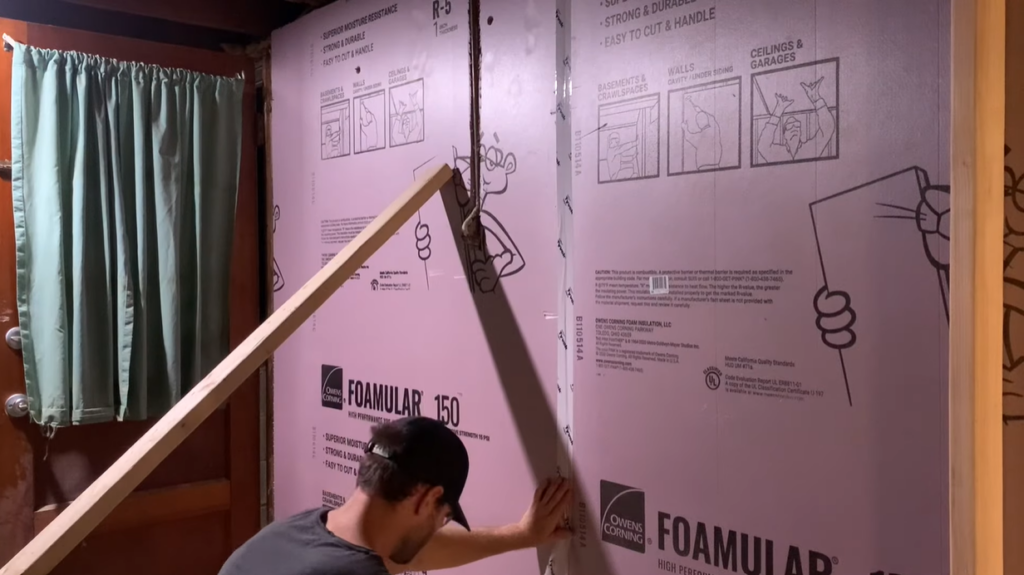
Additionally, the method chosen, whether batts, loose-fill, or spray foam, can impact the project’s efficiency and cost.
Accessibility and Preparation
The accessibility of the areas to be insulated can impact costs. Hard-to-reach or obstructed spaces may require additional time and effort to prepare and insulate properly. Clearing obstructions, creating access points, or addressing pre-existing issues like moisture or pests can add to the overall project cost.
Local Climate and Building Codes
Local climate conditions play a role in determining insulation needs and costs. Harsh winters or scorching summers may necessitate higher insulation levels to maintain comfort, affecting the overall expense.
Moreover, compliance with local building codes and regulations [1] is essential, as failure to meet these standards can lead to additional costs for modifications and re-insulation.
Additional Features and Customizations
Customized insulation solutions or additional features like vapor barriers, radiant barriers, or soundproofing may add to the cost. These enhancements can provide specific benefits but should be weighed against their associated expenses.

Energy Efficiency Incentives and Rebates
In some regions, there are incentives and rebates available for energy-efficient home improvements, including insulation upgrades. These can help offset the upfront costs, making it more affordable to invest in higher-quality insulation materials or professional installation.
Conclusion
The cost of insulating a 1,500-square-foot house hinges on factors like insulation material, labor, accessibility, and customization. Careful consideration of these elements is essential to ensure a well-informed and budget-conscious insulation project.

